Home>Interior Design>Should Doors Be Painted The Same Color As Walls?
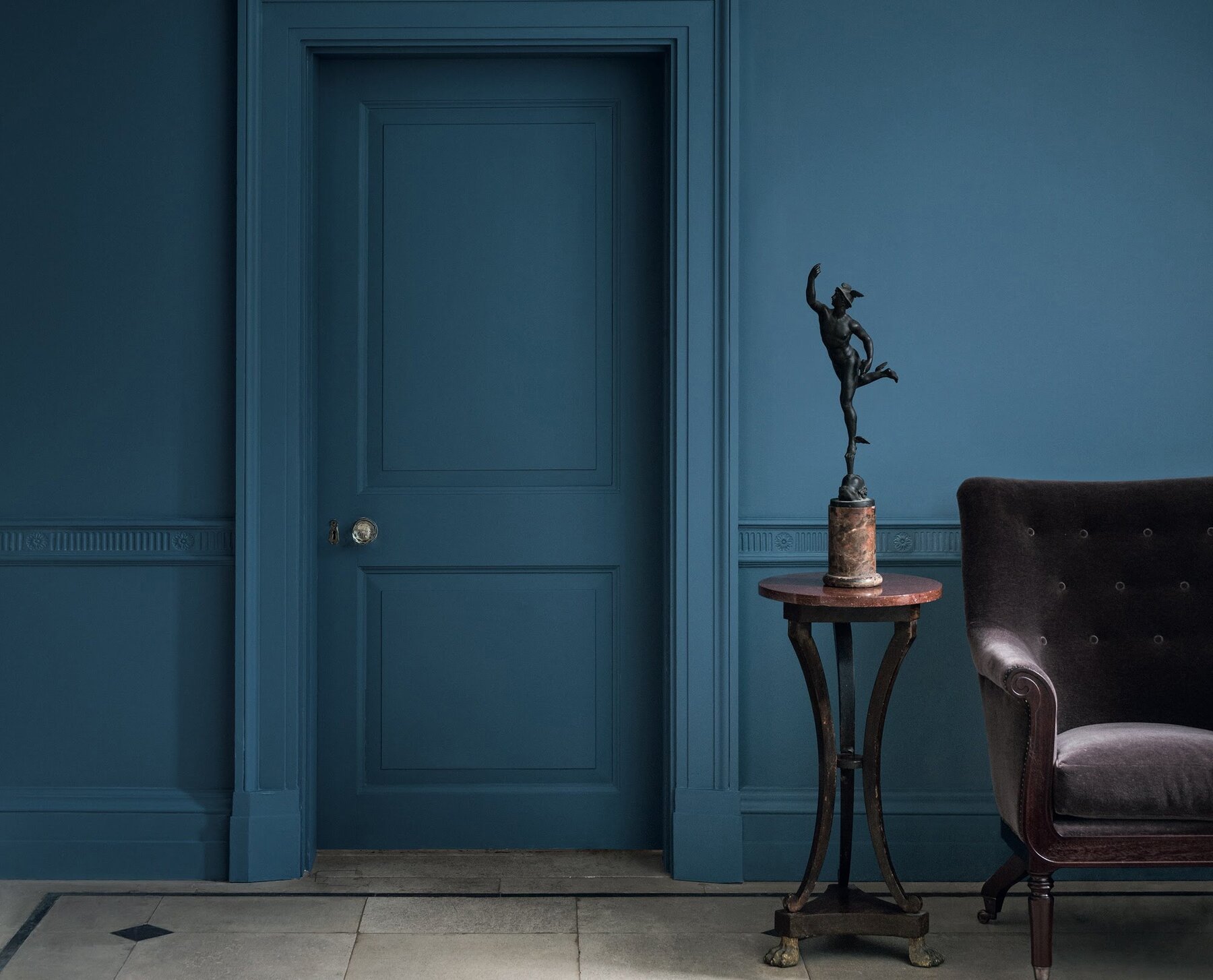

Interior Design
Should Doors Be Painted The Same Color As Walls?
Modified: January 19, 2024
Discover the best interior design tip for painting doors - should they be the same color as walls? Find out how to create a cohesive and visually appealing space.
(Many of the links in this article redirect to a specific reviewed product. Your purchase of these products through affiliate links helps to generate commission for Storables.com, at no extra cost. Learn more)
Introduction
When it comes to interior design, every element plays a crucial role in creating a cohesive and visually appealing space. From the color scheme to the furniture arrangement, every decision contributes to the overall aesthetic. One question that often arises is whether doors should be painted the same color as the walls.
The choice of whether to paint doors the same color as walls is subjective and depends on various factors, including personal preference, design style, and the desired effect. In this article, we will explore the pros and cons of painting doors the same color as walls and provide some insights to help you make an informed decision for your home.
Key Takeaways:
- Achieve visual harmony and spaciousness by painting doors the same color as walls, creating a seamless transition and a clean, minimalist aesthetic. Consider architectural features and design style for optimal impact.
- Accentuate doors as architectural features by using contrasting colors, drawing attention to unique designs and adding visual interest. Balance aesthetics with practical considerations for a cohesive and visually appealing space.
Aesthetics and Visual Harmony
One of the main arguments for painting doors the same color as walls is to achieve a sense of visual harmony and unity in the space. By using the same color on both doors and walls, you can create a seamless transition, making the room feel more cohesive and balanced. This approach works particularly well in smaller rooms or those with limited natural light, as it helps to create an illusion of space.
Painting doors the same color as walls can also contribute to a clean and minimalist aesthetic, especially if you opt for a neutral or muted tone. This design choice eliminates visual distractions and allows other elements in the room, such as artwork or statement furniture, to take center stage.
However, it is important to note that painting doors the same color as walls can have its drawbacks as well. In some cases, it may make the doors blend too seamlessly with the walls, resulting in a lack of visual interest. If you have architectural features or unique doors that you want to highlight, painting them a contrasting color can draw attention to their design and create a focal point in the room.
In addition, consider the overall design style of your home. If you have a more traditional or classic interior, painting the doors the same color as walls may not align with the desired aesthetic. In these cases, opting for a contrasting color or staining the doors to highlight their natural wood grain can add warmth and richness to the space.
Creating the Illusion of Space
One of the key benefits of painting doors the same color as walls is the ability to create the illusion of space. When doors blend seamlessly with the walls, it visually extends the room, making it appear larger and more open. This effect is particularly effective in small or narrow spaces where maximizing space is essential.
By eliminating the visual interruption of contrasting colored doors, the eye is drawn smoothly across the walls, allowing for a more uninterrupted flow of space. This can make the room feel less cluttered and more airy, contributing to a sense of spaciousness.
In addition, painting the doors the same color as walls can also help create a cohesive and harmonious look in open-concept floor plans. When different rooms are visible from a single vantage point, having consistent door colors can create a sense of unity and continuity throughout the space, enhancing the overall flow and cohesion of the design.
However, it’s important to note that while painting doors the same color as walls can create the illusion of space, it may not be suitable for every room. In larger rooms or rooms with high ceilings, painting the doors the same color as walls may result in a monotonous and flat appearance. In these cases, opting for a contrasting color on the doors can add depth and visual interest, breaking up the expanse of wall and adding dimension to the space.
Ultimately, the decision to paint doors the same color as walls to create the illusion of space depends on the specific dimensions of the room, the desired atmosphere, and the overall design goals. It may be beneficial to consult with an interior designer who can provide expert advice tailored to your unique space and preferences.
Emphasizing or Blending with the Architecture
When considering whether to paint doors the same color as walls, it’s important to take into account the architectural features of the space. The decision can either emphasize or blend the doors with the overall architecture, depending on the desired effect.
In some cases, you may want to highlight the doors as architectural features. If you have beautifully crafted doors with intricate designs or interesting textures, painting them a contrasting color can draw attention to their unique attributes. This approach adds visual interest to the space and creates a focal point that captures attention.
On the other hand, if the architecture of the space is minimalistic or modern, painting the doors the same color as the walls can create a streamlined and cohesive look. By blending the doors with the walls, the focus shifts to other design elements in the room such as furniture, artwork, or accent pieces. This approach is especially popular in contemporary design, where clean lines and simplicity are key.
It’s also important to consider the overall color scheme of the room. If you have bold or vibrant colored walls, painting the doors the same color can create a cohesive look and prevent them from becoming overwhelming or visually distracting. On the contrary, if you have neutral or muted walls, using a contrasting color on the doors can add a pop of color and create visual interest.
When deciding whether to emphasize or blend the doors with the architecture, consider the balance between the different elements in the space. You want the doors to complement the overall design without overpowering or fading into the background. Experiment with different color swatches and samples to find the best combination that enhances the architectural features while maintaining a harmonious aesthetic.
Accentuating Doors as Architectural Features
Doors not only serve a functional purpose of providing access and privacy within a space but can also be architectural elements that add character and charm to a room. By using a contrasting color on doors, you can accentuate them as architectural features and make them stand out.
If you have doors with unique details, such as paneling, molding, or decorative hardware, using a different color can help highlight these features and draw attention to their beauty. For example, if you have a stunning antique door with intricate carvings, painting it a contrasting color can showcase its craftsmanship and create a statement piece within the room.
Contrasting colored doors can also be used to create a sense of drama or visual impact. In rooms with a neutral color palette, a door in a bold or vibrant hue can become the focal point of the space, adding a dynamic element to the overall design. This approach works particularly well in entryways or spaces where you want to make a strong first impression.
Keep in mind that when using a contrasting color on doors as accent features, it’s important to consider the overall color scheme and style of the room. Ensure that the color you choose complements the existing palette and enhances the overall design rather than creating a jarring contrast. It’s often helpful to consult an interior designer to guide you in selecting the right color and finish for the doors to achieve the desired effect.
However, it’s worth noting that accentuating doors as architectural features may not be suitable for every space or design style. In some instances, such as minimalistic or contemporary interiors, blending the doors with the walls can create a more cohesive and streamlined look. Assess the overall aesthetic goals, architectural features, and personal preferences to determine whether accentuating the doors is the right approach for your space.
Consider the overall aesthetic you want to achieve. Matching doors to walls can create a seamless look, while contrasting colors can add visual interest. Keep in mind the style of the space and the impact you want to make.
Enhancing the Flow and Continuity of the Design
When designing a space, it’s crucial to consider the flow and continuity of the design. The choice of whether to paint doors the same color as walls can have a significant impact on the overall aesthetic and how the space feels. Painting the doors the same color as walls can help enhance the flow and continuity, creating a cohesive and harmonious design.
By using the same color on doors and walls, you create a seamless transition between the two, allowing the eye to move effortlessly throughout the space. This approach is particularly effective in open-concept floor plans, where multiple areas are interconnected. Having consistent door colors creates a sense of unity and ties the different zones together.
Additionally, painting doors the same color as walls can help create a sense of balance and visual calmness. When the doors blend with the walls, they become less visually jarring, allowing other design elements, such as furniture or artwork, to take the spotlight. This can lead to a more cohesive and balanced overall design.
Furthermore, painting doors the same color as walls can be especially advantageous in small or narrow spaces. By eliminating the contrast between doors and walls, you create a more uninterrupted flow, making the room appear more spacious and less cramped.
While painting doors the same color as walls can enhance the flow and continuity of the design, it’s important to consider the specific characteristics of the room. If you have architectural features or unique doors that you want to highlight, using a contrasting color can create a focal point and add visual interest. Similarly, if you have a specific color scheme or design concept that requires different colored doors, it’s essential to prioritize the overall vision of the space.
Ultimately, the decision to paint doors the same color as walls should align with your overall design goals and the specific characteristics of the room. Take into account the flow, continuity, and desired atmosphere of the space to create a cohesive and visually appealing design.
Considerations for Different Room Types
The decision to paint doors the same color as walls can vary depending on the type of room and its specific function. Different rooms have different design requirements and considerations that should be taken into account when determining whether to paint the doors the same color as the walls.
Living Room: The living room is often the focal point of a home, where family and guests gather. In this space, painting the doors the same color as the walls can create a sense of continuity and harmony. It helps to create a cohesive backdrop for furniture, artwork, and other decorative elements. However, if you have standout architectural features, such as a fireplace or a unique focal point, painting the doors a contrasting color can draw attention to these features and create visual interest.
Bedroom: In the bedroom, comfort and relaxation are key. Painting the doors the same color as the walls can contribute to a serene and soothing atmosphere. It helps create a cohesive and visually calming environment. However, if you want to create a focal point, such as a decorative headboard or an accent wall, painting the doors a contrasting color can help draw attention to these elements and add visual interest to the space.
Kitchen: In the kitchen, functionality and practicality are crucial. While painting the doors the same color as the walls can create a seamless and cohesive look, it’s essential to consider the overall cabinetry and design style. If you have statement cabinets or want to create a focal point in the kitchen, painting the doors a contrasting color can help highlight these features and add dimension to the space.
Bathroom: Bathrooms often have limited space, so painting the doors the same color as the walls can help create a sense of continuity and make the room appear larger. However, if you have unique features such as colorful tiles or vanity units, using a contrasting color on the doors can help accentuate these elements and create visual interest.
Home Office: For a home office, the choice of whether to paint doors the same color as walls depends on the desired atmosphere and functionality. Painting the doors the same color can create a cohesive and professional look, enhancing focus and productivity. However, if you want to create a separate and defined space, painting the doors a contrasting color can help delineate the office area and make it visually distinct.
Consider the specific requirements and purpose of each room when deciding whether to paint the doors the same color as walls. Take into account the overall design goals, architectural features, and functionality to create a space that is aesthetically pleasing and suits your specific needs.
Practical Considerations and Maintenance
When deciding whether to paint doors the same color as walls, it’s important to take practical considerations and maintenance into account. While the aesthetic aspect is crucial, you also need to consider the durability, functionality, and maintenance requirements of painted doors.
Durability: Doors are frequently touched and exposed to wear and tear. Choosing the right paint and finish is essential to ensure the longevity of the painted doors. Consider using semi-gloss or high-gloss paint, as they are more resistant to scuffs and easier to clean compared to flat or matte finishes.
Cleaning and Maintenance: Painted doors, especially in high-traffic areas, can accumulate dirt, fingerprints, and other marks over time. To maintain their appearance, regular cleaning is necessary. Using a mild soap and water solution, or a non-abrasive cleaning product, gently wipe down the doors to remove any stains or smudges. Avoid using harsh chemicals or abrasive materials that can damage the paint finish.
Touch-ups: Despite your best efforts to maintain painted doors, they may still experience minor scratches, chips, or fading over time. Keeping a small container of touch-up paint in the same color can be helpful for quick fixes when needed.
Door Material: The material of the door can also affect the decision to paint it the same color as the walls. Solid wood doors, for example, have a natural beauty that can be enhanced by staining rather than painting. In contrast, hollow-core or composite doors can be painted to match the walls without compromising their structural integrity.
Style Changes: Consider the potential for future style changes when painting doors the same color as walls. If you have a tendency to frequently update the color scheme of your space, painting the doors a contrasting color may provide more flexibility for future design changes without requiring a complete repaint.
Before committing to painting the doors the same color as walls, weigh the practical considerations and maintenance requirements associated with painted doors. Assess the durability of the paint, the maintenance routine, and the impact on the door material. By considering these factors, you can make an informed decision that balances aesthetics with practicality and ease of maintenance.
Conclusion
The decision of whether to paint doors the same color as walls ultimately depends on various factors, including personal preference, design style, and the desired effect. Painting doors the same color as walls can create a sense of visual harmony, enhance the flow and continuity of the design, and make small spaces appear larger. It can also help accentuate doors as architectural features and contribute to a clean and minimalist aesthetic.
However, there are instances where painting doors a contrasting color can be advantageous. This approach can draw attention to unique architectural features, add visual interest, and create focal points within a room. Contrasting colored doors can also be used to break up a monotonous color scheme or highlight specific design elements.
Practical considerations such as durability, cleaning, and maintenance should also be taken into account when deciding whether to paint doors the same color as walls. Door material, future style changes, and overall maintenance requirements can influence the decision-making process.
In the end, there is no one-size-fits-all answer. Each space is unique, and balancing the aesthetic appeal, functionality, and personal preferences is key. It may be beneficial to consult with an interior designer who can provide expert advice tailored to your specific needs and guide you in making the best decision for your home.
Whether you choose to paint doors the same color as walls or utilize contrasting colors, remember that the design of your space should reflect your personal taste and create a space that feels inviting, cohesive, and visually pleasing.
Frequently Asked Questions about Should Doors Be Painted The Same Color As Walls?
Was this page helpful?
At Storables.com, we guarantee accurate and reliable information. Our content, validated by Expert Board Contributors, is crafted following stringent Editorial Policies. We're committed to providing you with well-researched, expert-backed insights for all your informational needs.
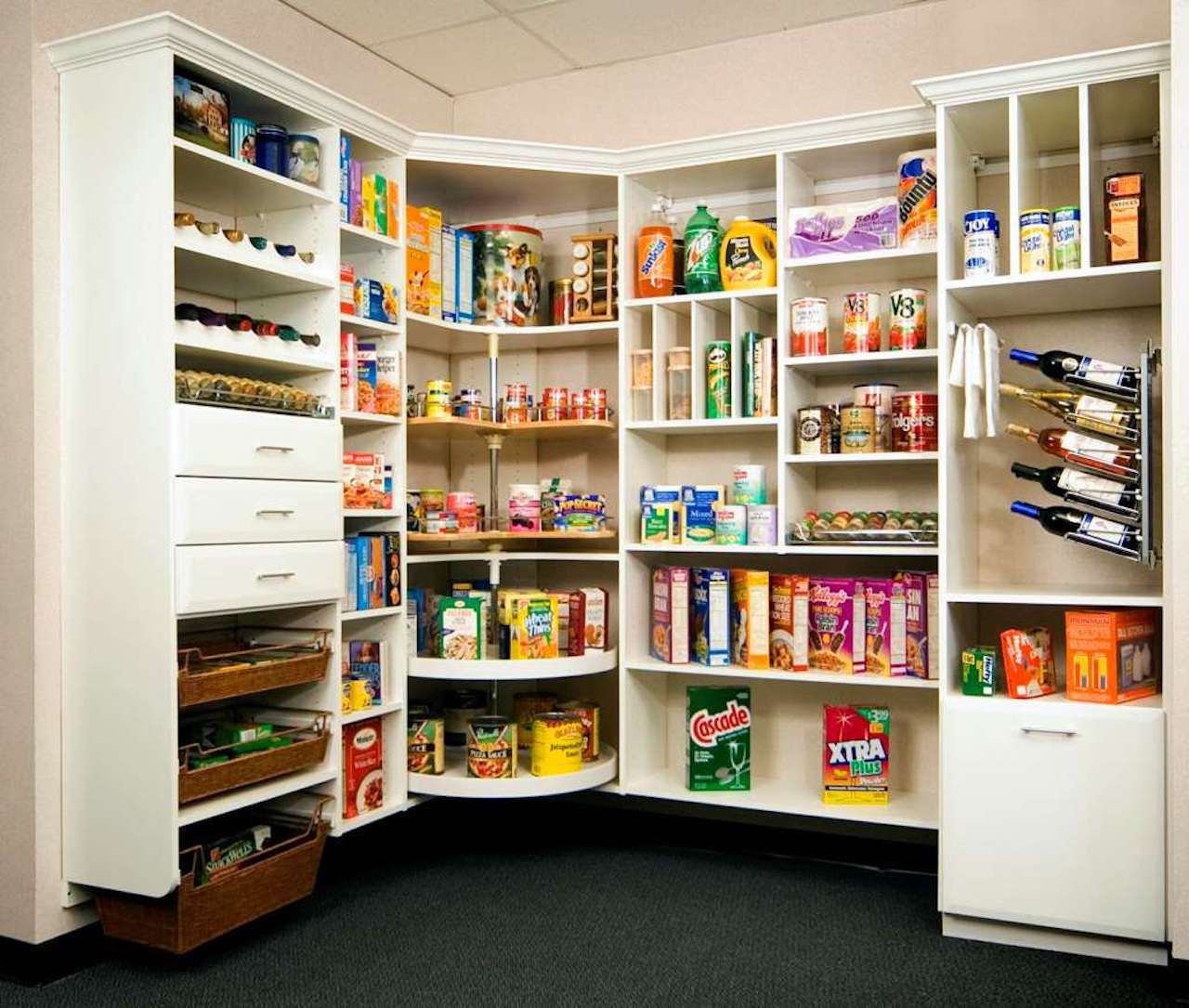
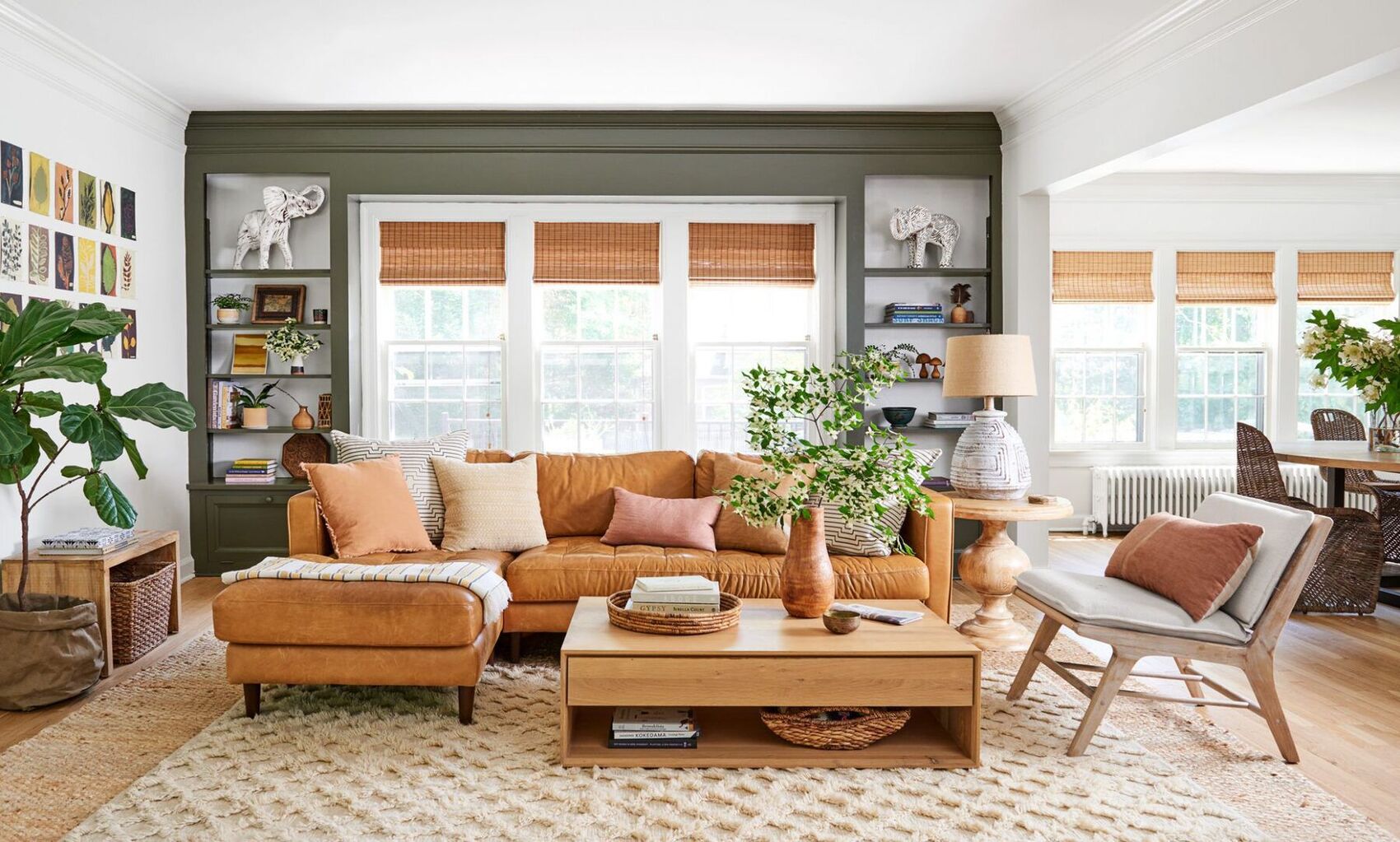
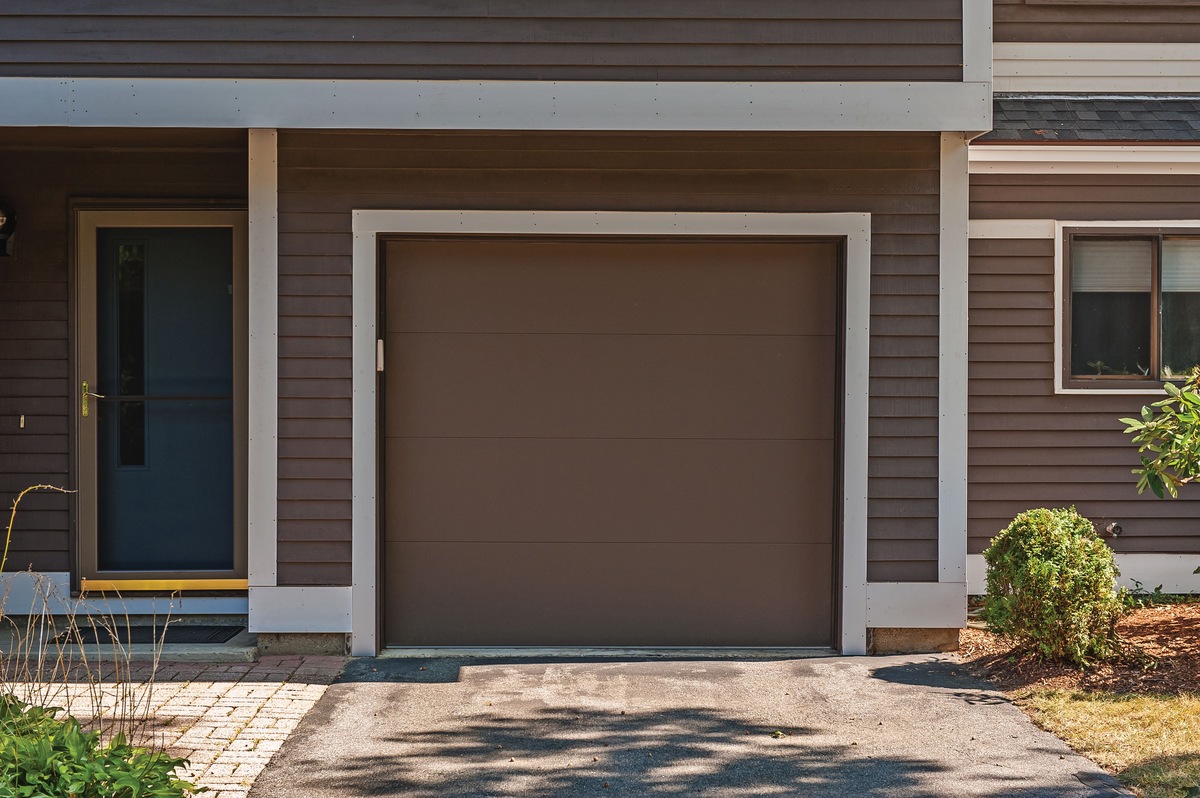
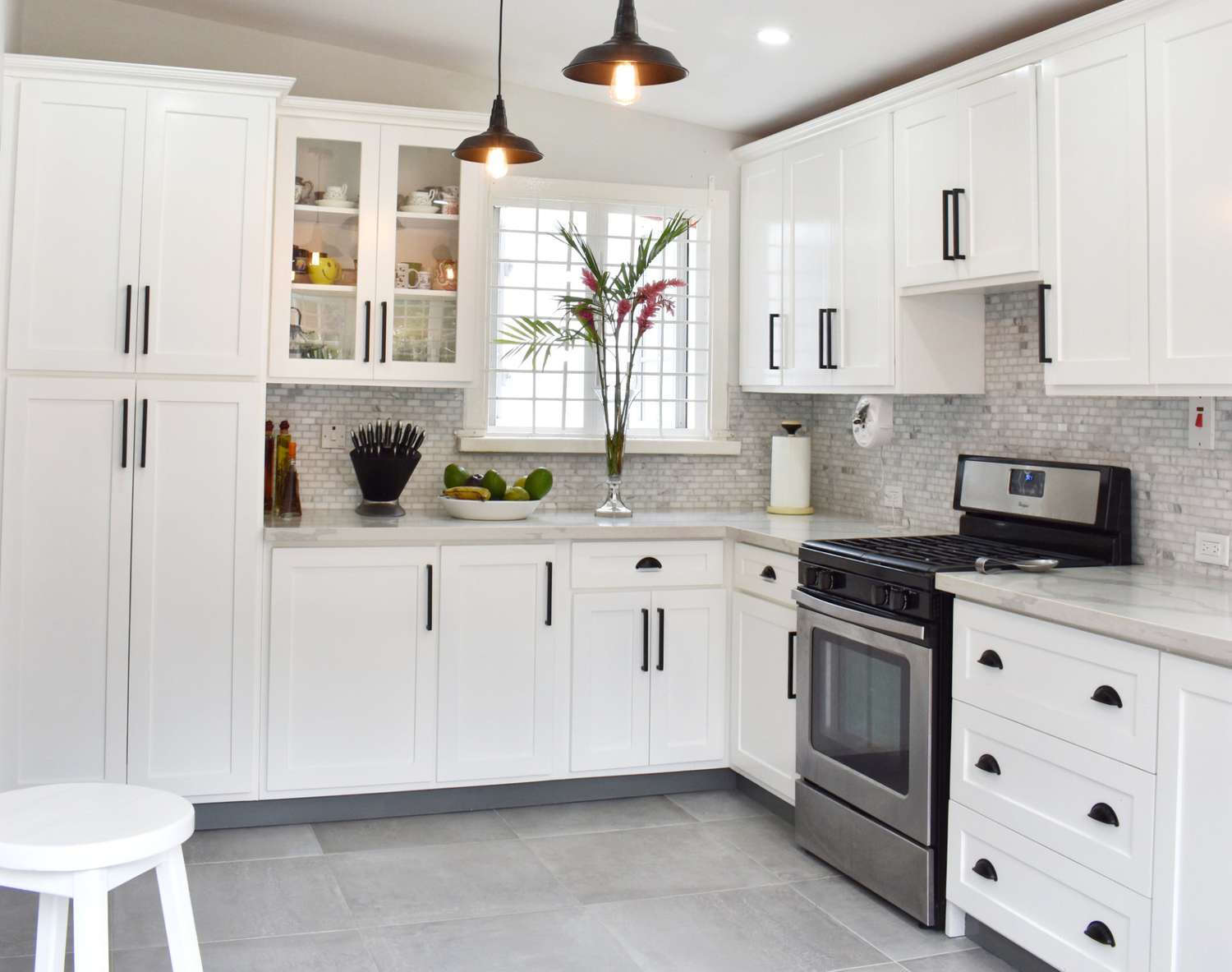
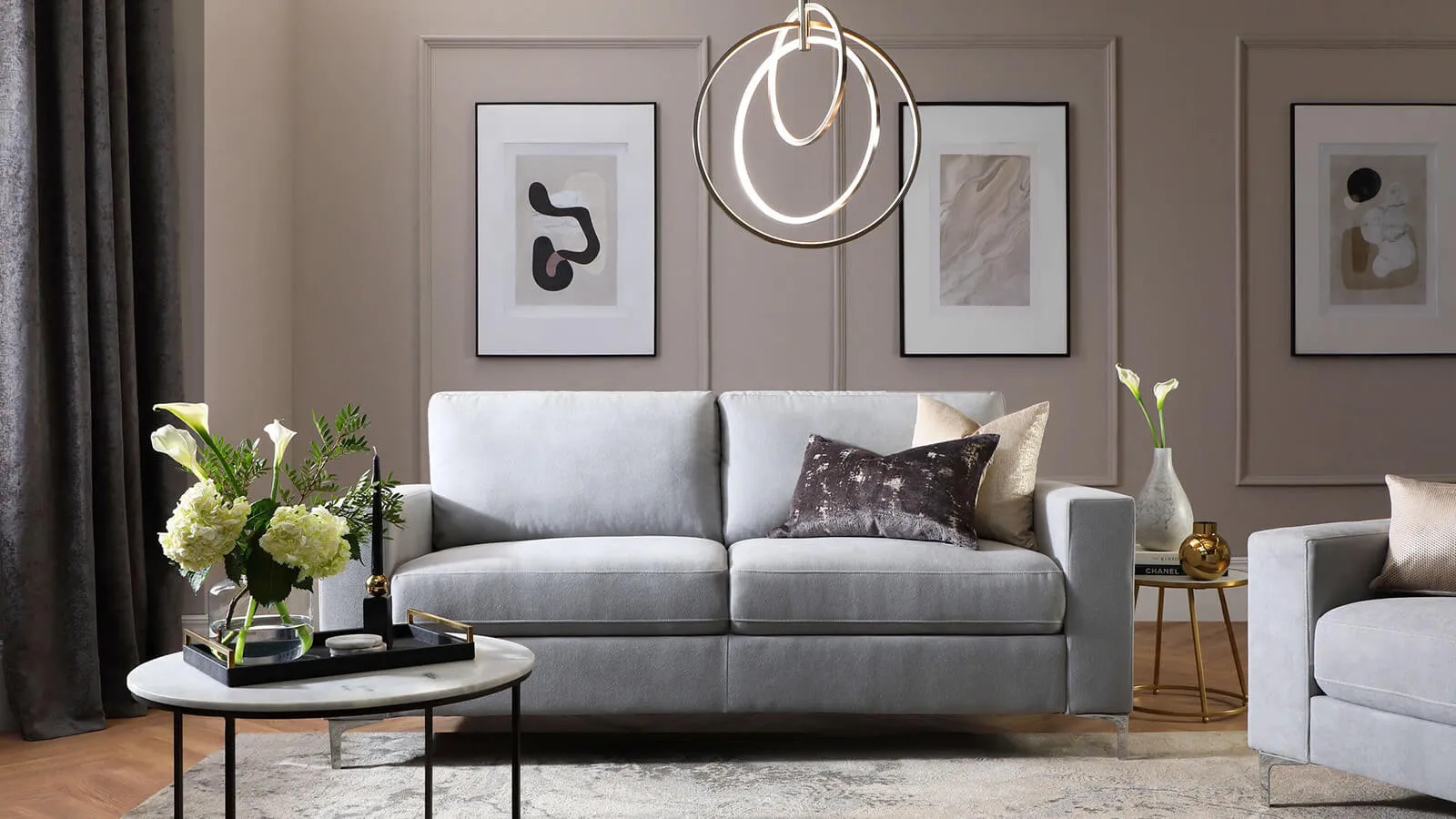
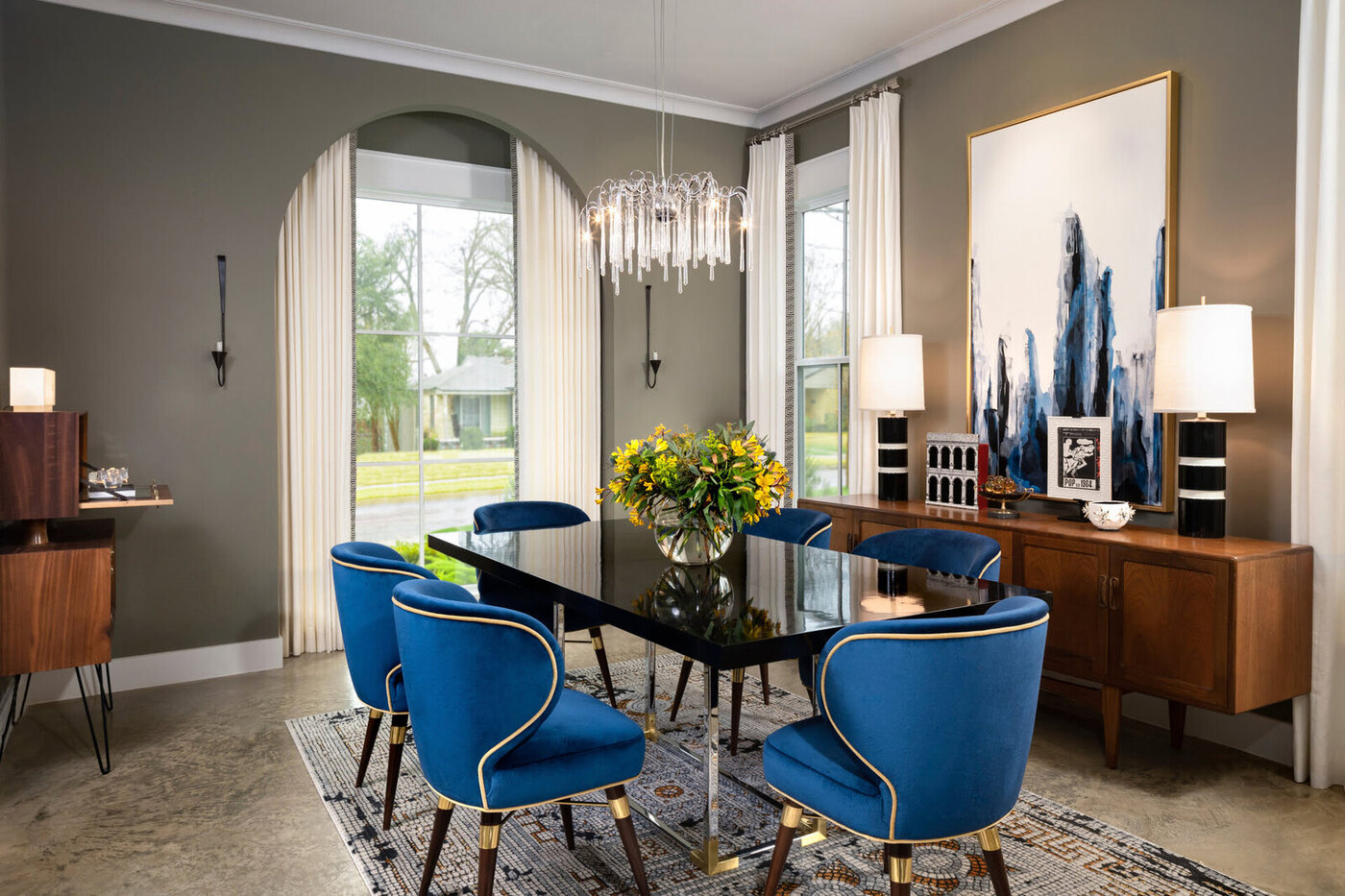
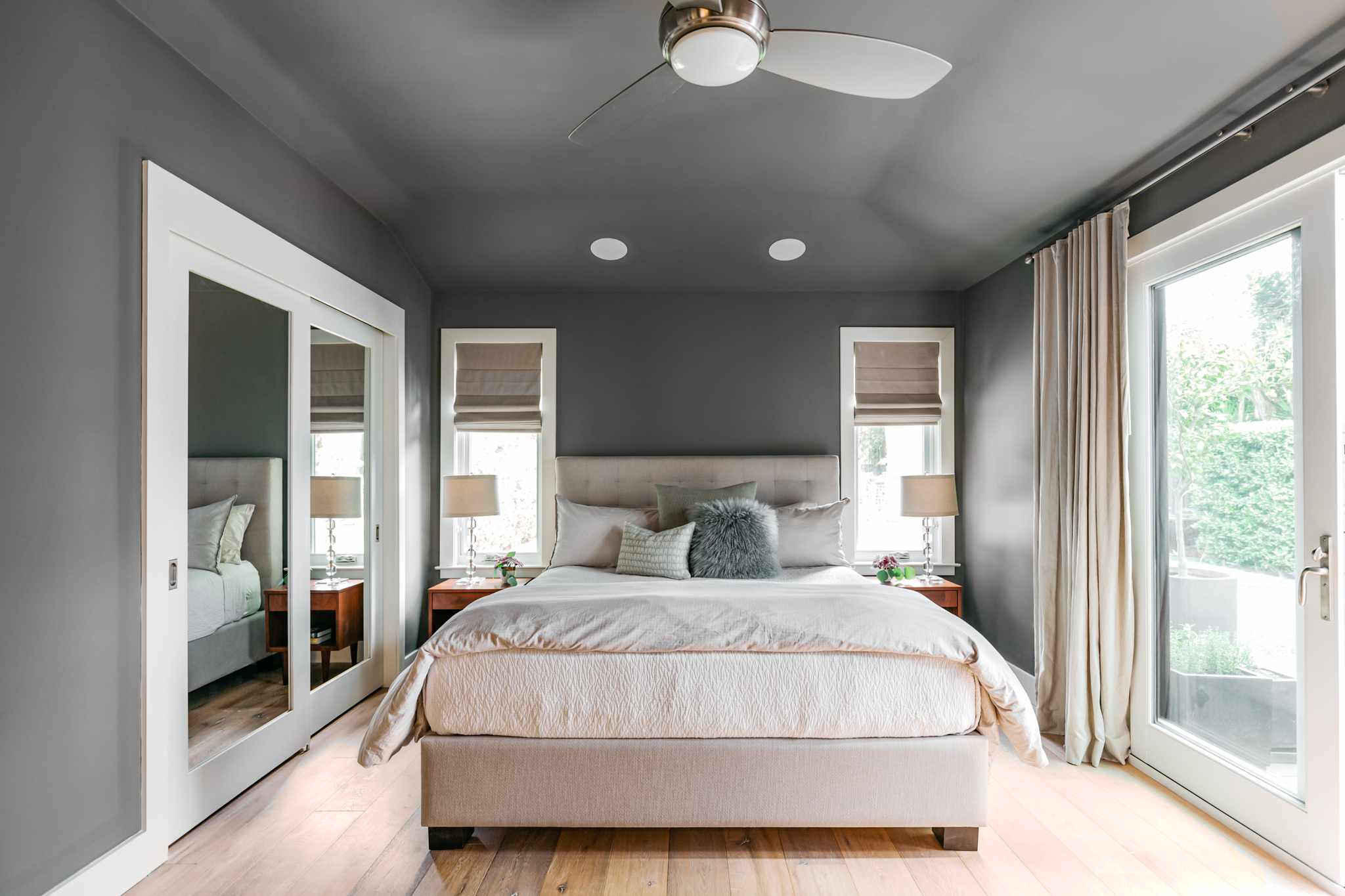

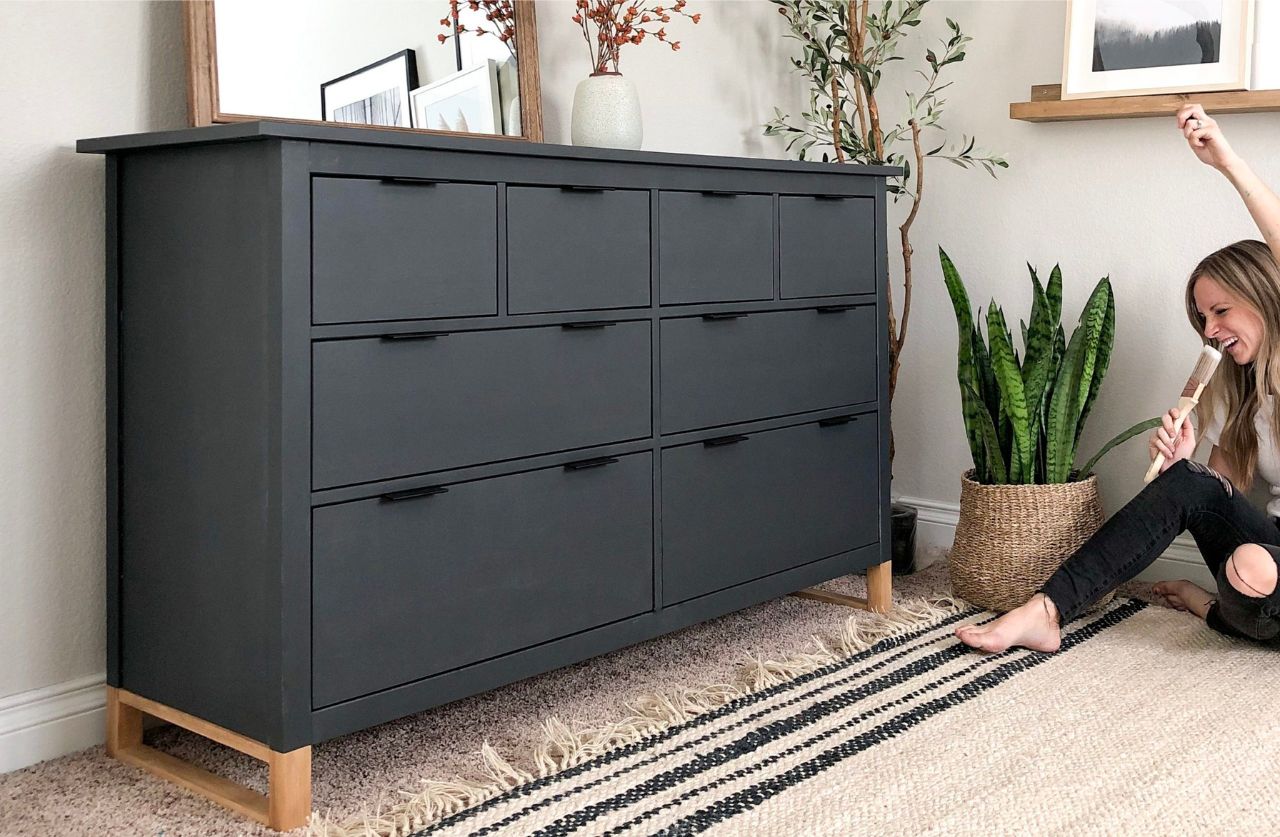
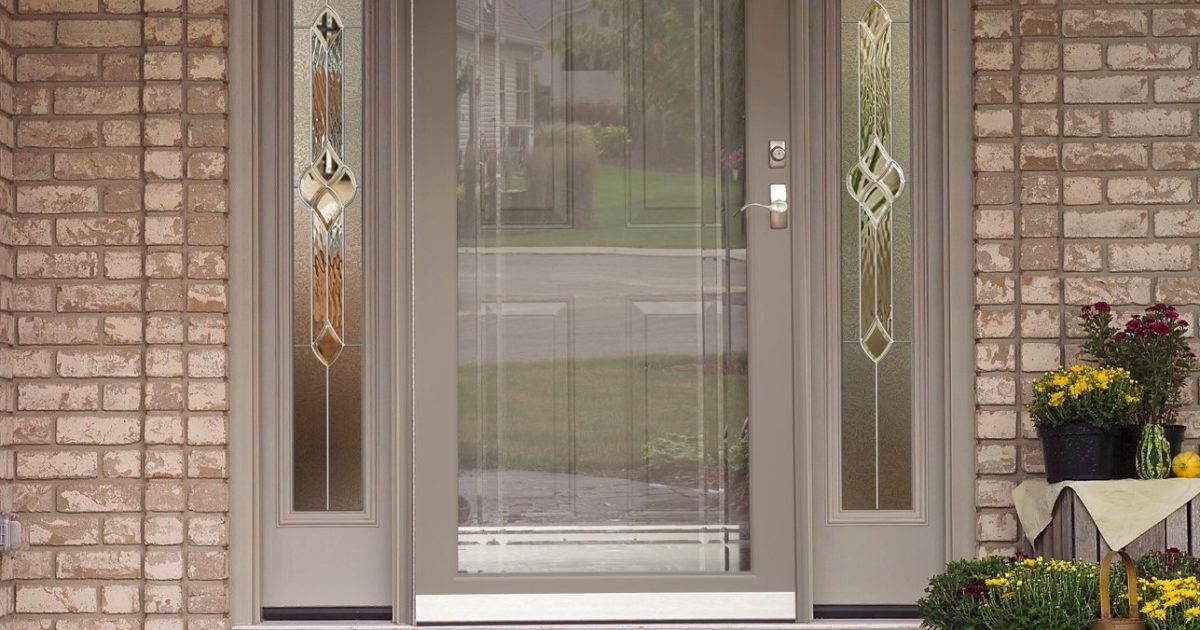
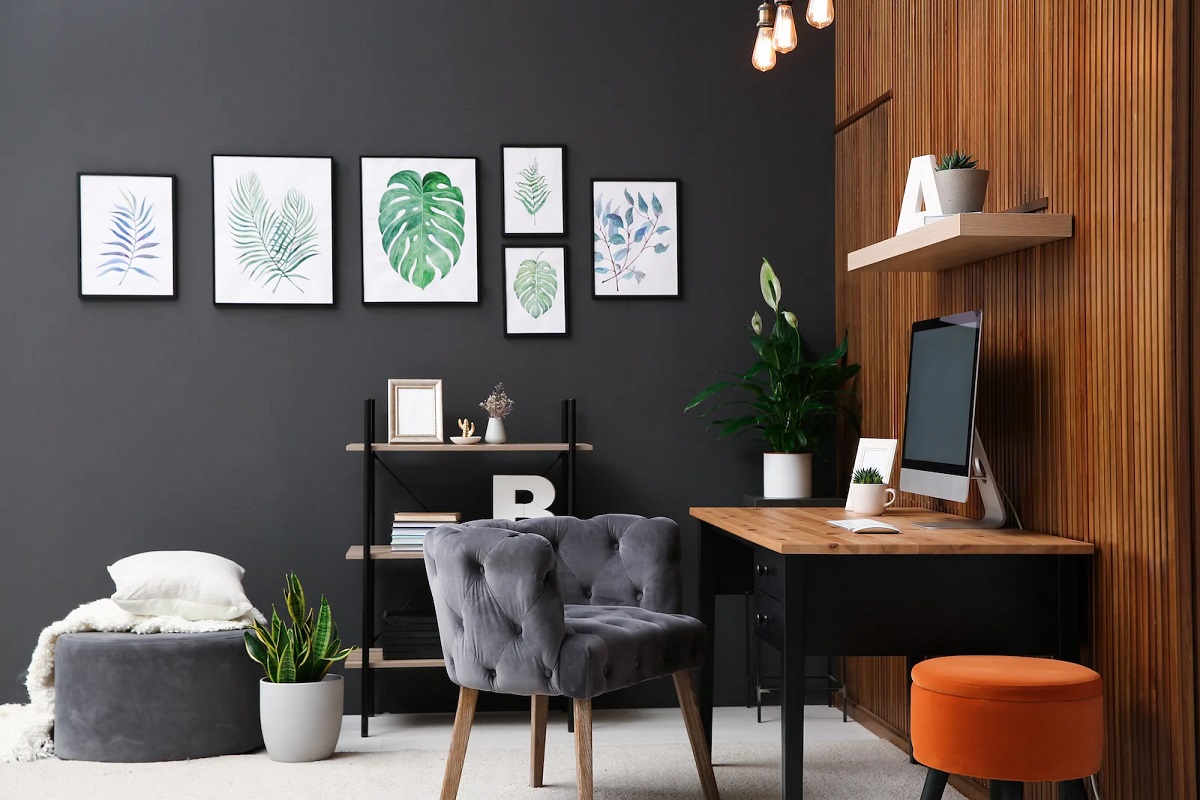
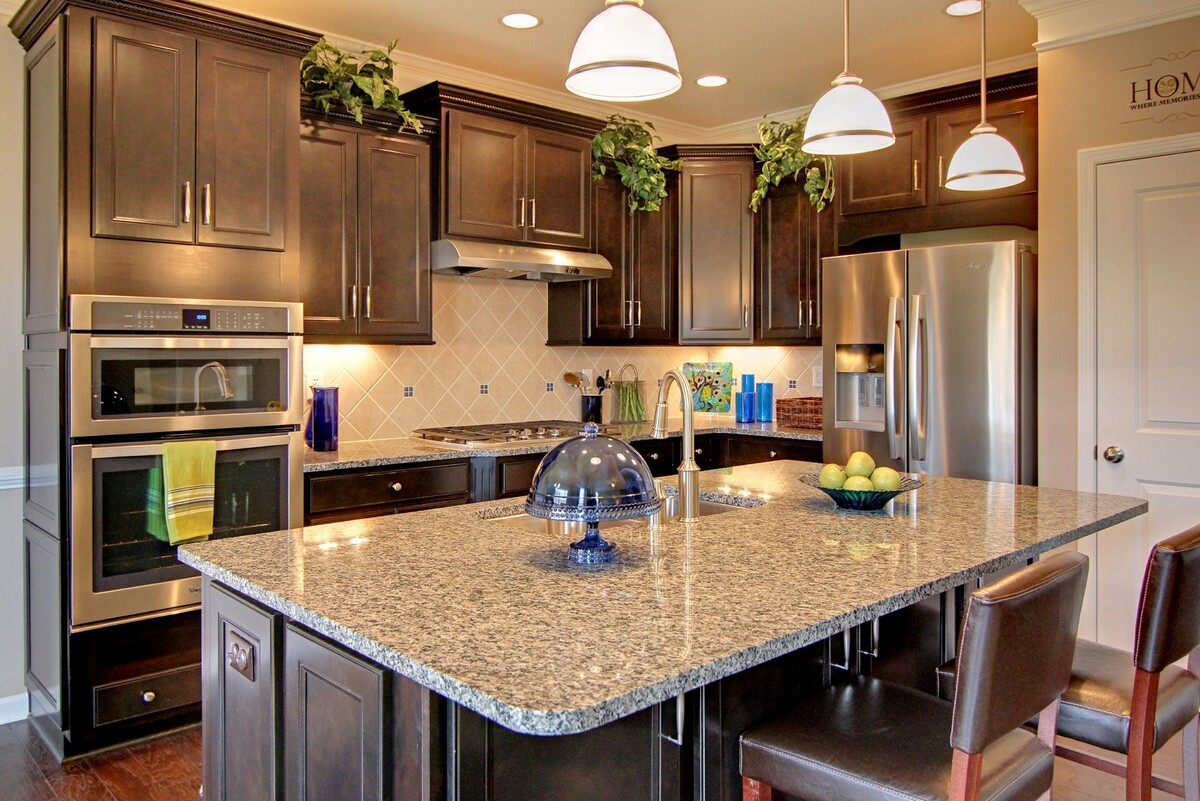

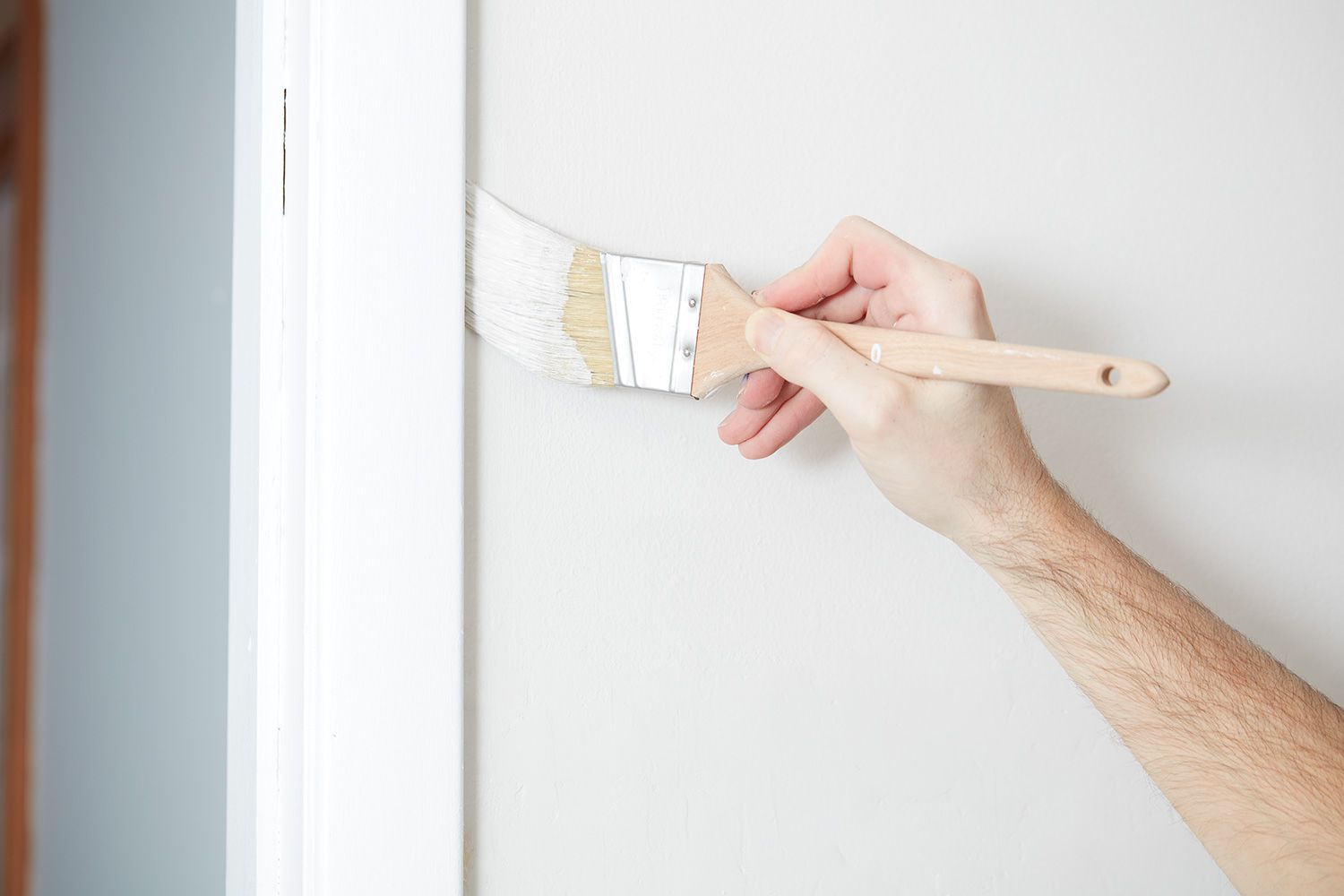

0 thoughts on “Should Doors Be Painted The Same Color As Walls?”